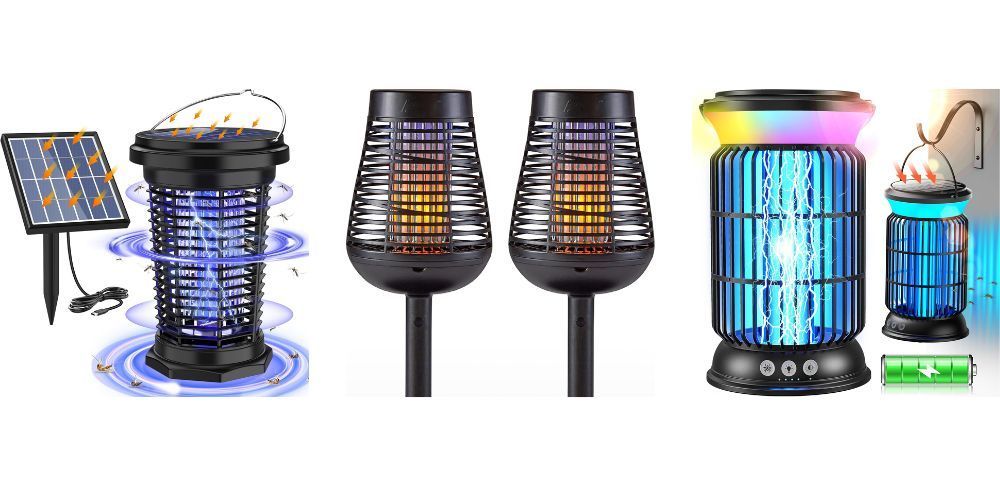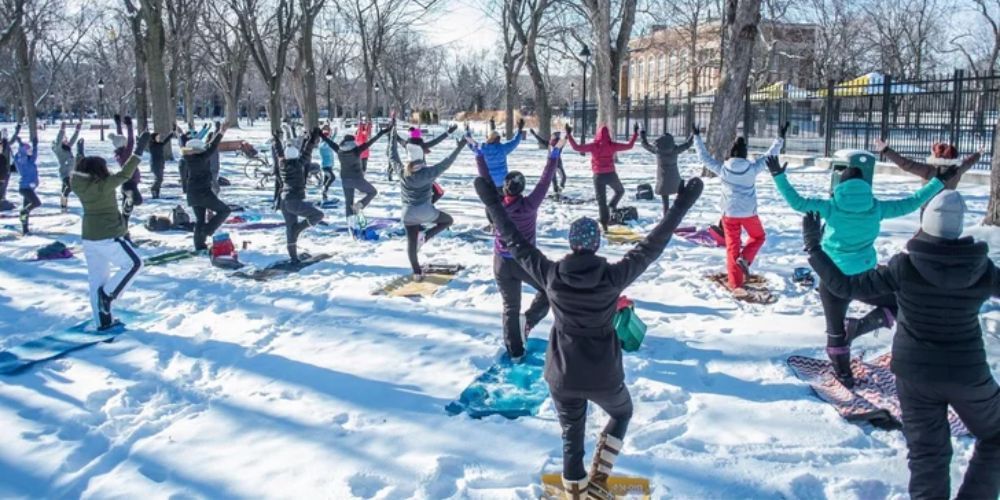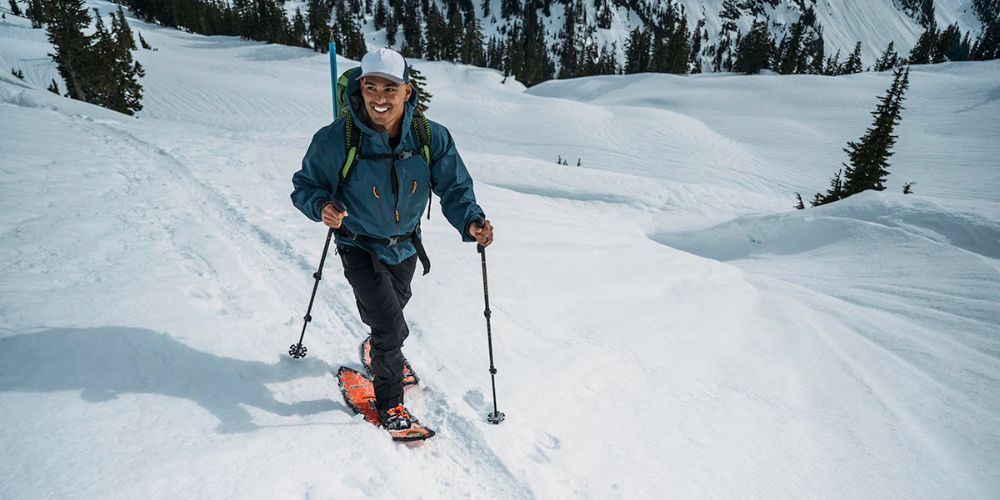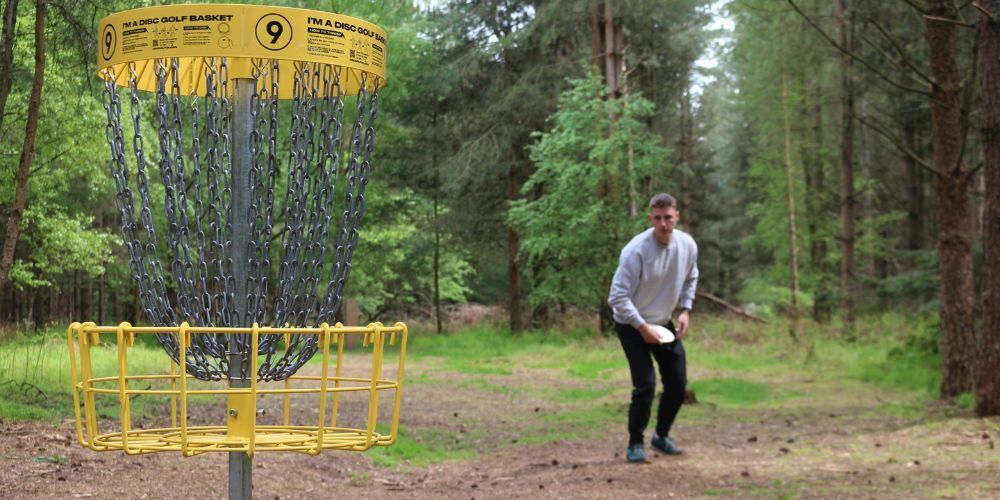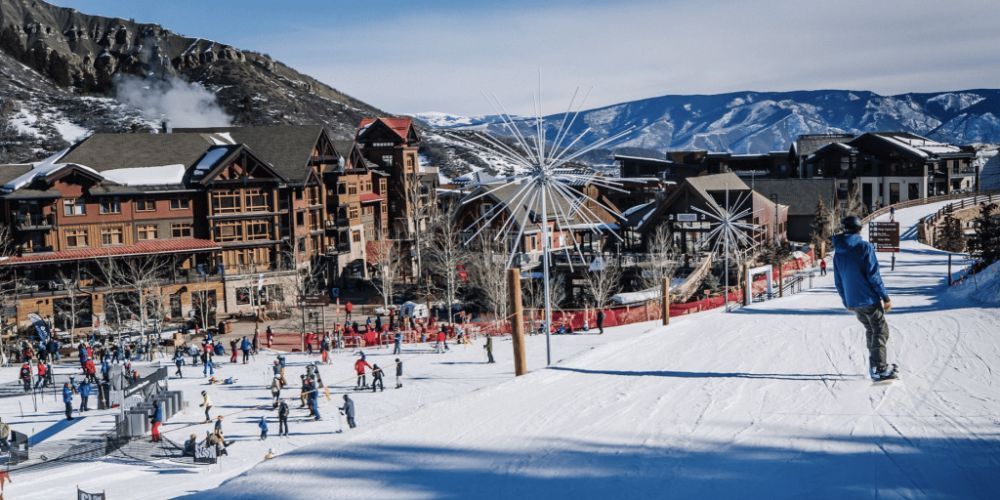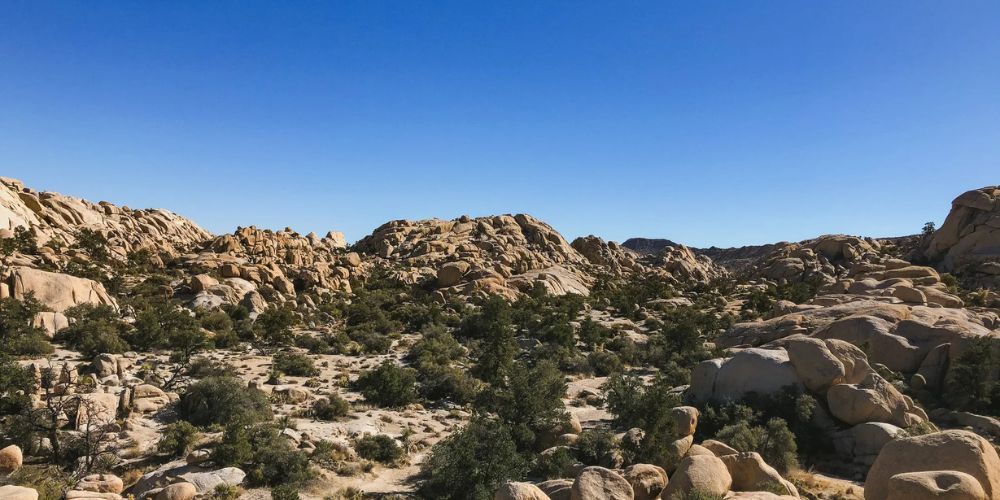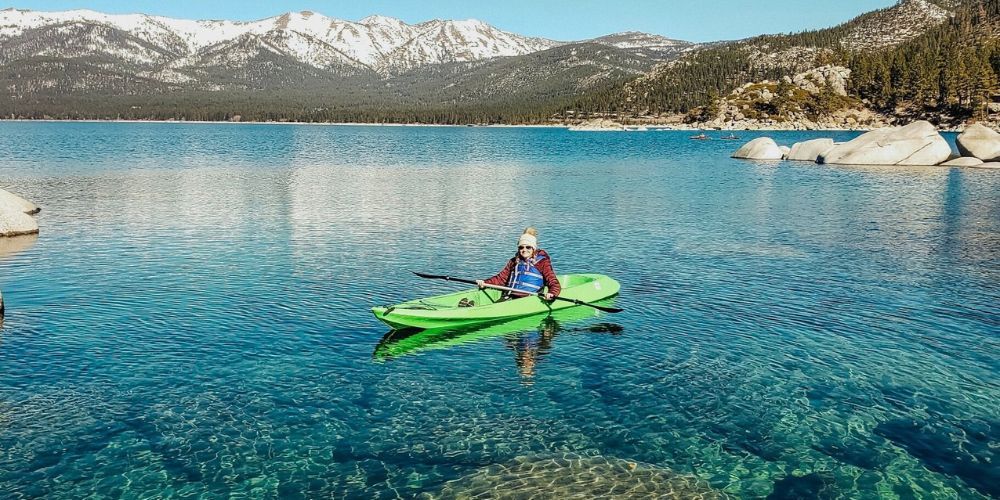The 5 Types of Sunscreen Most People Don't Know They Need for Outdoor Activities
April 25, 2025
Hey there! William here from Sports and Nature Gear, and today I'm going to let you in on something most outdoor enthusiasts don't realize: you probably need more than one type of sunscreen.
I learned this the hard way after a brutal sunburn while kayaking last summer. Despite using SPF 50, I ended up looking like a lobster. Why? Because I was using the wrong TYPE of sunscreen for water sports. Let me save you from making the same mistake.

Why Regular Sunscreen Isn't Enough for Outdoor Adventures
Most people grab whatever sunscreen is on sale at the grocery store and call it good. But when you're spending hours hiking, fishing, or camping, you need specialized protection. Here's why:
- Water resistance varies dramatically between formulas
- Sweat can break down non-sport sunscreens in minutes
- Ingredients react differently at various altitudes
- Some activities need physical barriers rather than chemical ones
The 5 Sunscreen Types Every Outdoor Enthusiast Needs
1. Water Sport Sunscreen (High-Endurance Formula)
For kayaking, paddleboarding, fishing, or any water activity, you need something that can handle constant water exposure. Look for:
- 80-minute water resistance rating
- Reef-safe options if you're near marine life
- Sticky texture that actually bonds to wet skin
List of Services
2. High-Altitude Mineral Sunscreen
At elevation, UV exposure increases by 10-12% for every 1,000 feet. Hikers and mountain bikers need:
- Zinc oxide or titanium dioxide (mineral) formulas
- SPF 50+ for serious protection
- Sweat-resistant but breathable
List of Services
3. Sports Face Stick
For targeted protection without the greasy residue that gets in your eyes during intense activity:
- Non-comedogenic (won't clog pores)
- Sweat-proof and eye-sting-free
- Easy to reapply without dirty hands
List of Services
4. Ultralight Spray for Long Days
When you're carrying 30+ pounds on a multi-day trek, every ounce counts:
- Non-aerosol spray bottles
- Quick-dry formulas
- Easy application on hard-to-reach areas
List of Services
5. Lip & Scalp Protection
The most forgotten areas that burn the fastest:
- SPF 30+ lip balm
- Scalp-friendly sprays or powders
- Hat-compatible formulas
List of Services
How to Choose the Right Sunscreen for Your Activity
Consider these factors:
- Duration: Longer activities = more water/sweat-resistant formulas
- Environment: Beach vs. mountain vs. forest requires different approaches
- Intensity: High-sweat activities need tenacious formulas
- Application ease: Can you reapply with dirty hands?
Red Flags to Watch For
- Sunscreens that feel too runny (they won't stay put)
- Formulas that burn your eyes when sweating
- Products that leave white casts on darker skin tones
- Non-reef-safe options for water activities
Money-Saving Tips
- Subscribe & save options on Amazon (save 15-20%)
- Buy two-packs for significant discounts
- Travel sizes first to test compatibility
- Seasonal sales in September-October
Final Thoughts
Having the right sunscreen collection isn't about vanity—it's about enjoying nature without painful consequences. Start with a water-resistant sport formula and face stick, then build your collection based on your favorite activities.
Remember: the best sunscreen is the one you'll actually use consistently!
Can I use the same sunscreen for all outdoor activities?
While you can get by with one good sport sunscreen, specialized formulas perform much better for specific activities and conditions.
How often should I reapply when hiking or camping?
Every 2 hours minimum, or every 80 minutes if swimming or heavily sweating. More often at high altitude.
Are mineral sunscreens better for sensitive skin?
Yes, zinc oxide and titanium dioxide are less likely to cause irritation than chemical filters, making them ideal for sensitive skin types.
Author: William Flaiz



